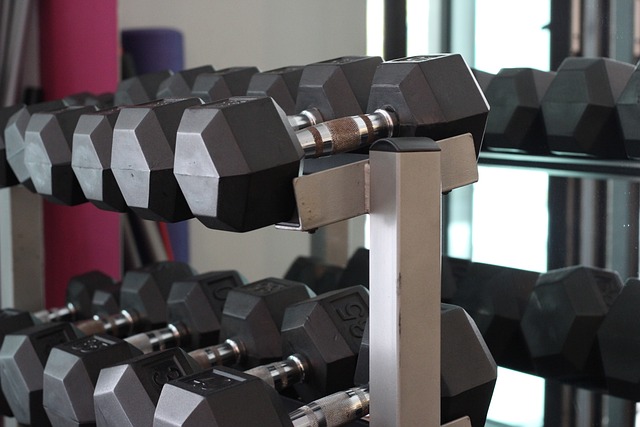Hitting a plateau in muscle building is one of the most frustrating yet common experiences for anyone pursuing strength and physique goals. After weeks or months of consistent progress, you may find that your gains have stalled—your muscles aren’t growing, your strength isn’t increasing, and your motivation starts to wane. The good news is that plateaus are not permanent roadblocks; they are simply signals that your body has adapted to your current routine and needs new stimuli to continue progressing. Here’s a comprehensive guide on how to overcome plateaus in muscle building and reignite your growth.
1. Reassess Your Training Program
One of the primary reasons for hitting a plateau is doing the same workouts repeatedly without variation. Muscles adapt to stress over time, so if you’re not challenging them in new ways, they won’t grow further.
- Change Exercises : Swap out some of your go-to exercises for variations that target the same muscle groups from different angles. For example, switch barbell squats for goblet squats or dumbbell lunges.
- Adjust Rep Ranges : If you’ve been focusing on heavy weights with low reps (e.g., 4–6 reps), try incorporating higher-rep sets (8–12 reps) to stimulate hypertrophy (muscle growth).
- Increase Intensity : Gradually add more weight, increase volume (total sets/reps), or shorten rest periods to push your muscles beyond their comfort zone.
- Incorporate Drop Sets, Supersets, or Pyramid Sets : These advanced techniques can shock your muscles into growth by introducing new challenges.
A fresh approach to your training program can break monotony and force your muscles to adapt again.
2. Prioritize Progressive Overload
Progressive overload—the gradual increase in stress placed on muscles during exercise—is essential for continuous growth. Without it, your muscles won’t have a reason to get stronger or bigger.
- Track Your Progress : Keep a detailed log of your workouts, including weights, reps, and sets. Aim to improve slightly each session, whether by lifting heavier, performing more reps, or improving form.
- Use Micro-Progressions : If jumping up in weight feels too difficult, make smaller increments (e.g., adding 2.5 pounds instead of 5 pounds).
- Focus on Form First : Ensure proper technique before increasing load. Poor form can limit muscle engagement and increase injury risk.
By consistently applying progressive overload, you give your muscles a reason to keep adapting.
3. Optimize Nutrition
Muscle growth requires adequate fuel, and nutritional deficiencies are a frequent culprit behind plateaus. Evaluate your diet to ensure you’re providing your body with the nutrients it needs to repair and grow muscle tissue.
- Caloric Surplus : To build muscle, you need to consume more calories than you burn. Use an online calculator to estimate your daily caloric needs and adjust accordingly.
- Protein Intake : Aim for 0.8–1 gram of protein per pound of bodyweight daily. Protein provides the amino acids necessary for muscle repair and growth.
- Carbohydrates and Fats : Don’t neglect carbs and fats, which provide energy for intense workouts and support hormone production. Carbs replenish glycogen stores, while healthy fats aid testosterone synthesis.
- Hydration and Micronutrients : Stay hydrated and ensure you’re getting enough vitamins and minerals like magnesium, zinc, and vitamin D, which play roles in muscle function and recovery.
If you’ve been eating the same meals for a long time, consider tweaking your macronutrient ratios or experimenting with nutrient timing (e.g., pre- and post-workout nutrition).
4. Incorporate Deload Weeks
Overtraining is another common cause of plateaus. When you train too hard for too long without adequate recovery, your body struggles to repair itself, leading to stagnation or even regression.
- Schedule Deloads : Every 6–8 weeks, reduce the intensity and volume of your workouts for 1–2 weeks. This allows your muscles, joints, and nervous system to recover fully.
- Listen to Your Body : Signs of overtraining include fatigue, irritability, decreased performance, and prolonged soreness. If you notice these symptoms, take a step back immediately.
Deloading gives your body a chance to “reset” so you can return to training with renewed energy and focus.

Leave a Reply